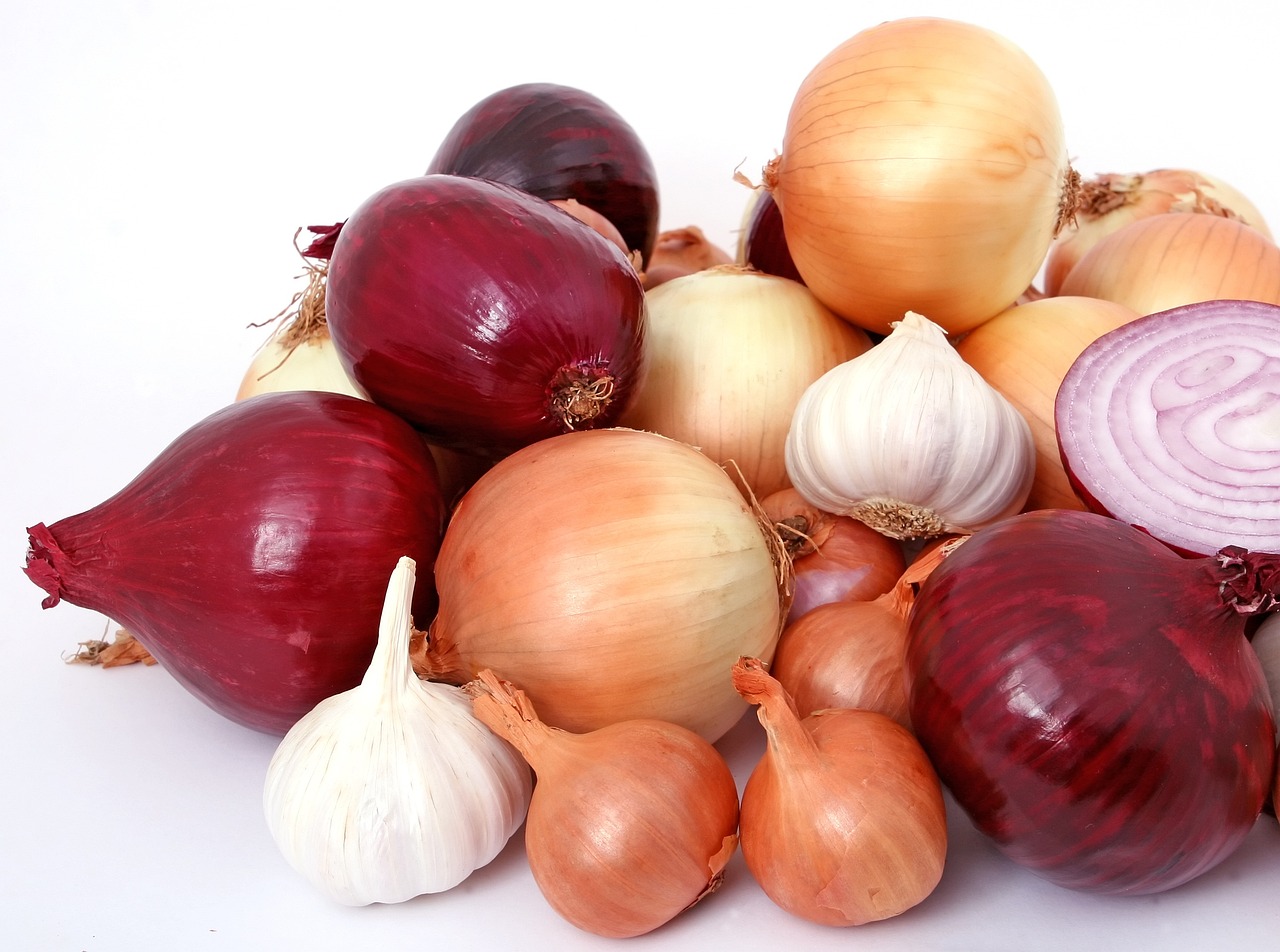A recent study has shed light on a surprising health concern: cooking garlic and onions at high temperatures may negatively impact heart health. These two kitchen staples, renowned for their flavor and health benefits, could potentially lose their nutritional value and produce harmful compounds when exposed to excessive heat.
The Study Findings
The research, conducted by a team of scientists from a leading nutrition and cardiovascular health institute, explored how cooking methods affect the bioactive compounds in garlic and onions. Both ingredients are rich in sulfur-containing compounds, which are known to promote heart health by reducing cholesterol levels, improving blood circulation, and lowering blood pressure.
However, the study revealed that high-heat cooking methods such as frying, sautéing, or grilling could break down these beneficial compounds. Worse, prolonged exposure to high temperatures may result in the formation of harmful substances called advanced glycation end products (AGEs), which are linked to inflammation, oxidative stress, and an increased risk of cardiovascular disease.
Dr. Emily Carter, the study’s lead researcher, explained:
“While garlic and onions are powerful allies in promoting heart health, the way we cook them can significantly impact their benefits. High heat diminishes their protective properties and, in some cases, may introduce harmful effects.”
How High Heat Affects Garlic and Onions
Garlic and onions contain allicin and sulfur compounds that provide antioxidant and anti-inflammatory benefits. These compounds are sensitive to heat and begin to degrade when temperatures exceed 150°C (300°F).
Additionally, frying or grilling at high heat may release acrylamide, a chemical that has been associated with heart and neurological risks. The study emphasizes that gentler cooking methods can preserve the heart-healthy benefits of these ingredients.
Healthier Cooking Alternatives
The researchers suggest using low-heat or quick-cooking techniques to retain the nutritional value of garlic and onions. Methods such as steaming, slow cooking, or adding them raw to salads and dressings are excellent alternatives.
Dr. Carter recommends:
- Sautéing at low heat: Use moderate heat and cook for a shorter time.
- Adding raw or lightly cooked garlic: Crushing garlic and letting it sit for 10 minutes before cooking can enhance its health benefits.
- Incorporating onions into soups or stews: This method allows them to cook gently while preserving nutrients.
The Bigger Picture
Garlic and onions are part of a heart-healthy diet, especially in Mediterranean and Asian cuisines. While their nutritional properties are well-documented, this study highlights the importance of cooking methods in maximizing their health benefits.
Dietitian Maria Lopez emphasized:
“This study serves as a reminder that how we prepare our food matters as much as the food itself. Making small adjustments in cooking methods can go a long way in protecting heart health.”
Conclusion
Garlic and onions remain essential components of a healthy diet, but cooking them at high heat may undermine their cardiovascular benefits. By opting for gentler cooking methods or consuming them raw, individuals can continue to enjoy their flavor while protecting their heart.
As more research emerges on the impact of cooking techniques on health, experts encourage mindful preparation of meals to maximize their nutritional value.











